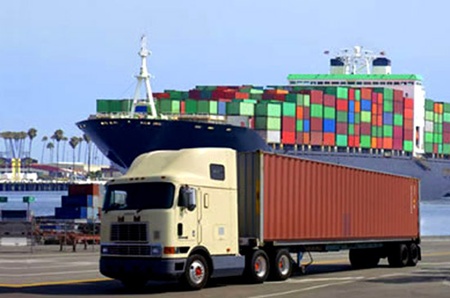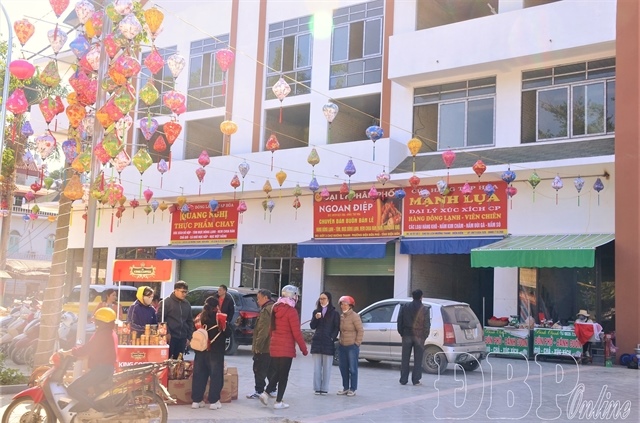Two-digit export growth expected this year: report
Two-digit export growth expected this year: report
A HSBC report released yesterday anticipates that Viet Nam's merchandise exports will grow at around 12 per cent annually between 2014-2016, although last year's figure was 15.4 per cent in nominal US dollar terms.

The HSBC Global Connections Report completed last December covered 23 markets with a sample of 5,550 exporters, importers and traders from small and mid-market enterprises on trade volume, buyer and supplier risks, and the need for trade finance, among others.
It gauges sentiment and expectations on trade activity and business growth over the next six months.
Of the Vietnamese businesses surveyed, 70 per cent see Asia as the most promising region for trade "over the next six months" (2014's H1). Europe was cited by 14 per cent of respondents, reflecting the return to growth in the Eurozone; and 10 per cent selected North America.
Almost 90 per cent of businesses surveyed trade elsewhere within Asia. Around 45 per cent trade with Europe and nearly 20 per cent with the Americas.
Viet Nam's trading reach is becoming more international, with 10 per cent of businesses reporting trade with the Middle East and/or Latin America compared with less than 5 per cent when the survey was first conducted in 2009.
The currency of choice for trade is predominantly the US dollar, identified by almost 80 per cent of respondents. But currency volatility is a concern for almost 40 per cent of traders, and half of respondents reported that trade was negatively affected by weak product demand.
The report says the economic growth rate is set to pick up in the medium term, helped by a strong improvement in foreign direct investment. Lower inflation and credit constraints will support domestic activity.
Rising incomes across emerging markets will help to drive strong trade flows from Viet Nam to these markets.
China will replace the US as Viet Nam's largest export destination by 2030, while Malaysia will move from fifth place in 2012 to third place by 2030.
The ASEAN Free Trade Area (ACFTA) will pay dividends, helping exports to Indonesia and Malaysia to grow around 15 per cent a year until 2030.
Clothing and apparel will still be Viet Nam's biggest export sector in 2030, reflecting sustained wage competitiveness, but exports of ICT equipment are forecast to increase by 10 per cent a year until 2030, by which time it will have become the second largest export sector.
China and Korea will still be Viet Nam's largest import partners in 2030.
Imports from India are forecast to rise rapidly, growing almost 20 per cent a year, making India its third largest import partner by 2030.
Industrial machinery is expected to account for more than 25 per cent of the growth in goods imports, as Viet Nam develops its infrastructure needs.
Focus on technology
In 2013 almost 20 per cent of Viet Nam's exports were high-tech goods, up from around 5 per cent ten years before.
Viet Nam imports slightly more high-tech goods than it exports; some are final consumer products, but other high-tech imports are intermediate inputs into the ICT production process.
Around a third of Viet Nam's population now lives in cities. The rapid pace of urbanisation should provide an increasingly skilled workforce to help the country develop its foothold in global ICT. However, this will depend on increasing spending on R&D.
vietnamnews



















